McLaren’s Controversial ‘Mini DRS’: Innovation or Cheating? FIA Investigates Ahead of Singapore GP

In a stunning twist in the Formula 1 narrative, McLaren has found itself at the center of a heated controversy surrounding its innovative rear wing design, dubbed the “mini DRS.” This cutting-edge technology has raised eyebrows in the paddock, especially after the team’s recent dominance in races, prompting accusations of exploiting a loophole in the regulations.
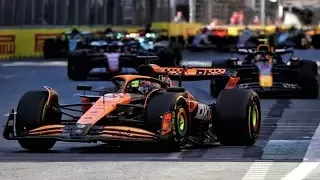
What is the ‘Mini DRS’?
The so-called mini DRS allows McLaren’s rear wing to flex at high speeds, creating a drag reduction effect akin to the traditional Drag Reduction System (DRS), even when the system isn’t activated. Unlike conventional DRS, which opens the rear wing to reduce drag on specific parts of the track, McLaren’s design subtly deforms at the edges, providing a consistent aerodynamic advantage on straights.
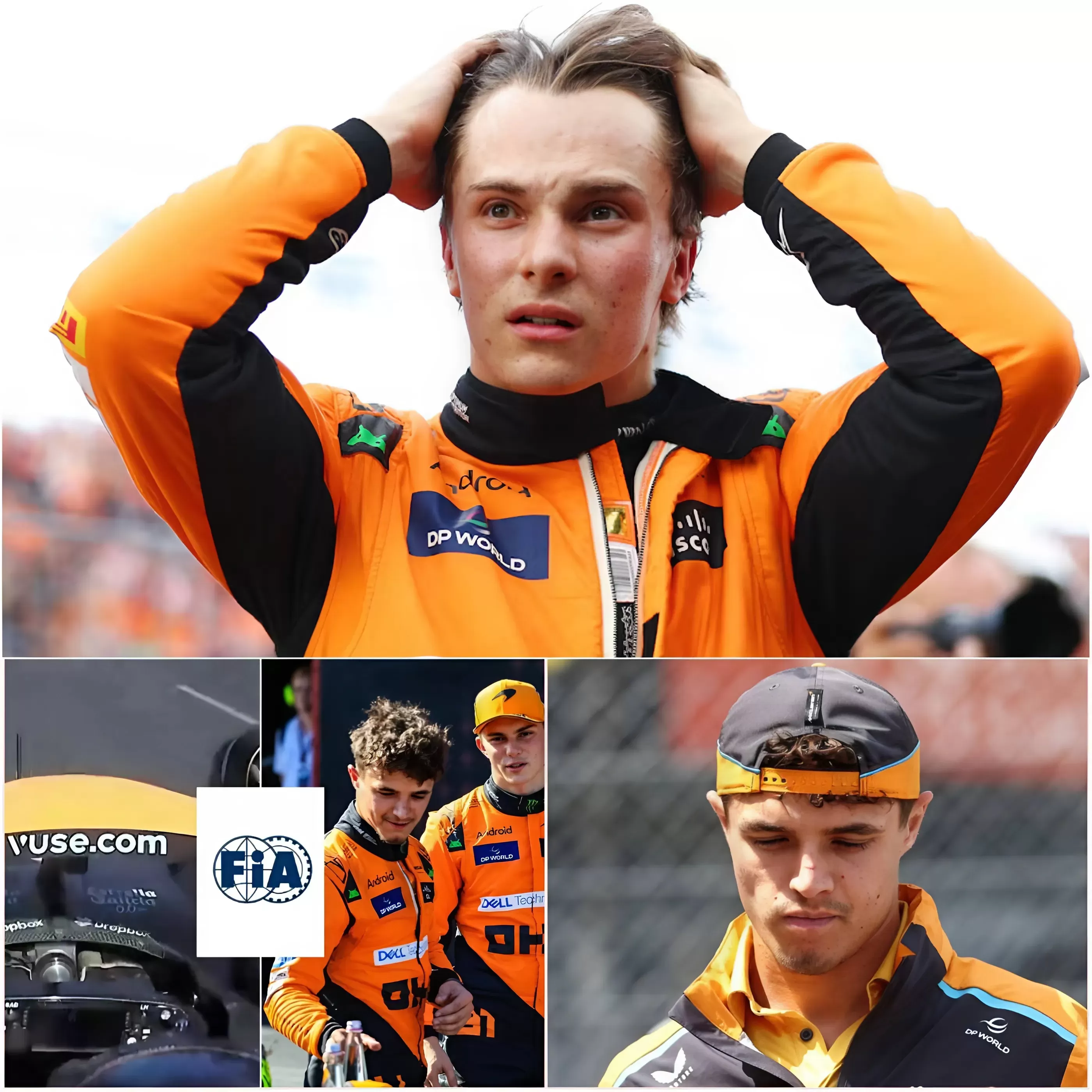
During the Azerbaijan Grand Prix, observers noted the wing’s peculiar behavior, leading many to speculate whether this innovative design truly adheres to the FIA’s regulations.
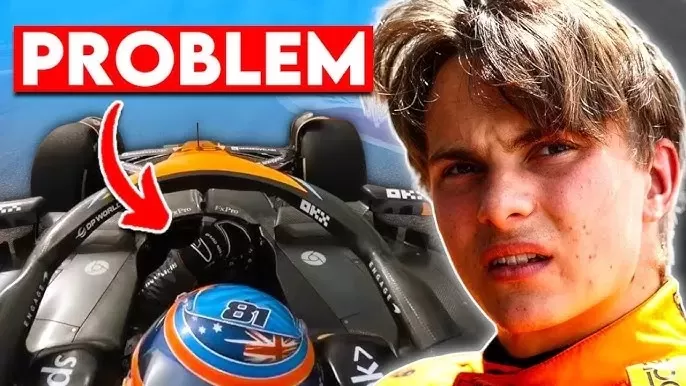
The Controversy
Max Verstappen has vocally accused McLaren of “cheating,” claiming they’re bending the rules to gain an unfair advantage. “I’ve noticed some irregularities with McLaren’s rear wing. It seems like they’re exploiting a loophole,” Verstappen stated, emphasizing the need for uniform adherence to regulations across the grid.
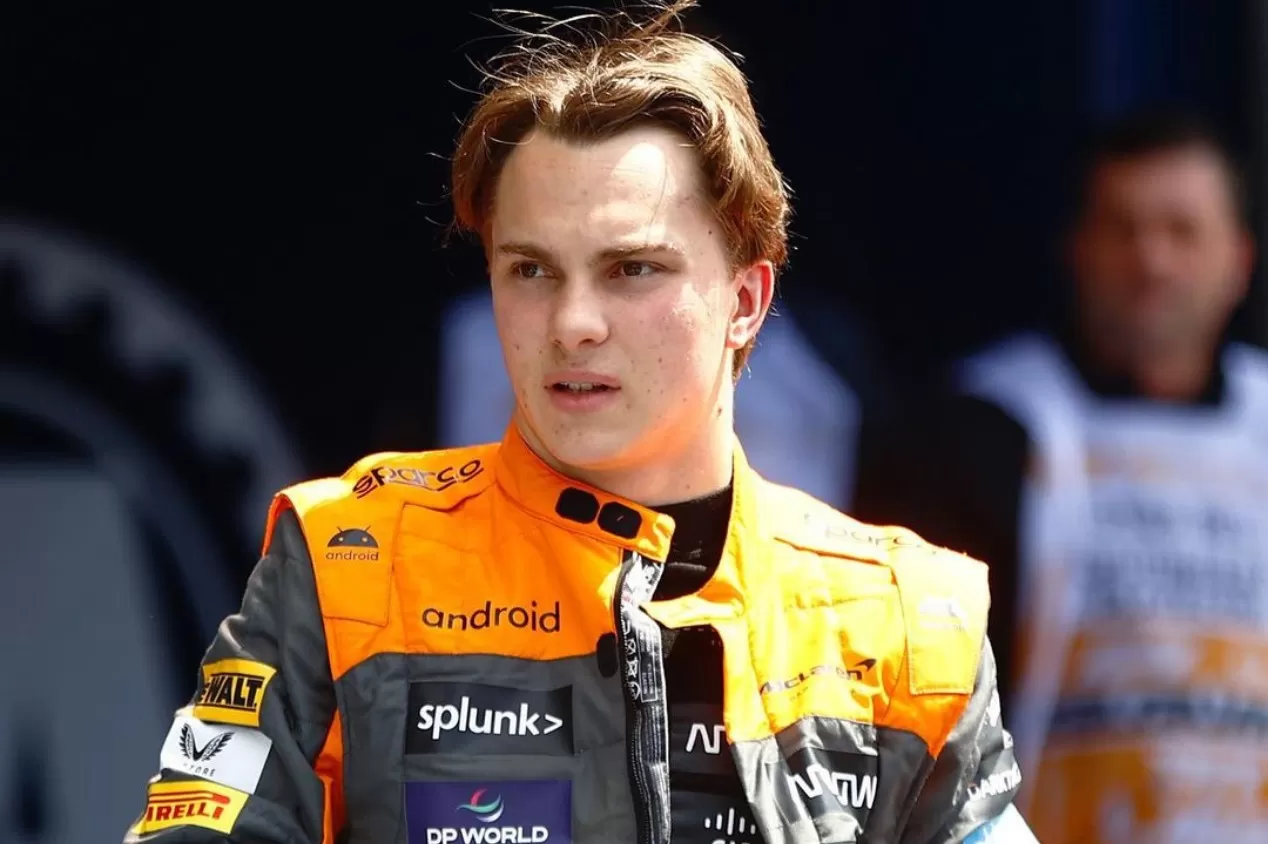
In response, the FIA issued a statement asserting that while McLaren’s rear wing passed all static tests and deflection checks, they are actively reviewing additional data from recent races. The governing body is in a precarious position, balancing the integrity of the sport with the need for innovation.
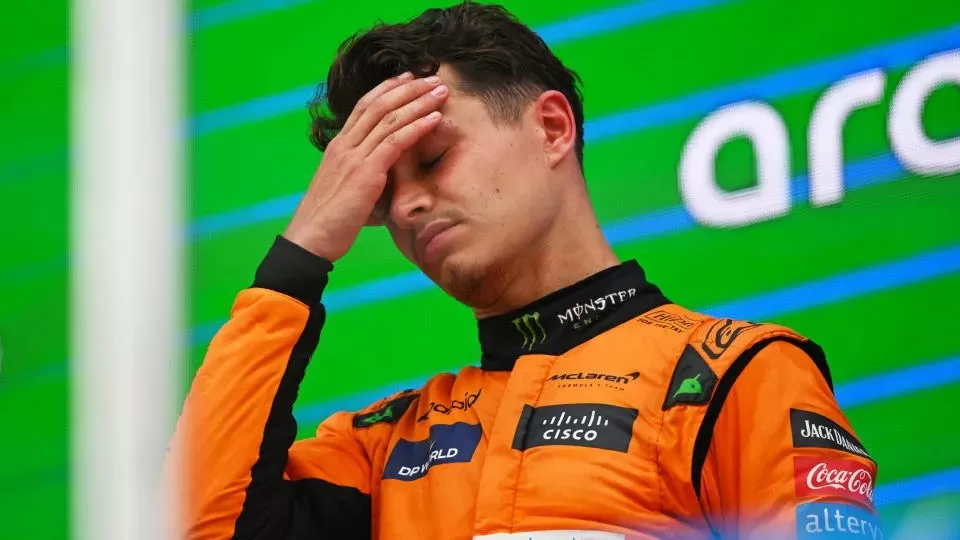
The Response from Rivals
The reactions from rival teams have been swift and vocal. Red Bull’s team principal, Christian Horner, hinted at the need for clarification on certain gray areas in the rules, implicitly targeting McLaren’s innovation. Ferrari has echoed these sentiments, arguing that if McLaren’s wing visibly moves, it undermines the spirit of the regulations.
Implications for the Championship
McLaren’s rise to the top of the constructor’s championship has been impressive, and the mini DRS is likely a key factor in their resurgence. If the FIA deems the technology illegal, McLaren may be forced to modify their design mid-season, potentially sacrificing their competitive edge.
The outcome of the FIA’s investigation could reshape the championship landscape, either solidifying McLaren’s position or allowing rivals like Red Bull and Ferrari to reclaim lost ground.
The Future of Innovation in F1
As the investigation unfolds, teams across the grid are racing to understand and possibly replicate McLaren’s technological leap. The situation highlights the ongoing tension in F1 between fostering innovation and maintaining a level playing field. The FIA must now decide whether to allow this innovation to continue or to enforce stricter guidelines moving forward.
In conclusion, McLaren’s mini DRS situation serves as a fascinating case study in the fine line between ingenuity and legality in Formula 1. As fans and experts watch closely, one thing remains clear: the sport thrives on its ability to push boundaries, and this controversy could pave the way for new discussions about the future of aerodynamics in racing.
Stay tuned for more updates as the situation develops, and share your thoughts in the comments—do you think McLaren is innovating or cheating?